Why a Mold Inspection Service Can Save You…
Investing in a mold inspection can save you thousands by preventing costly repairs, health risks,…
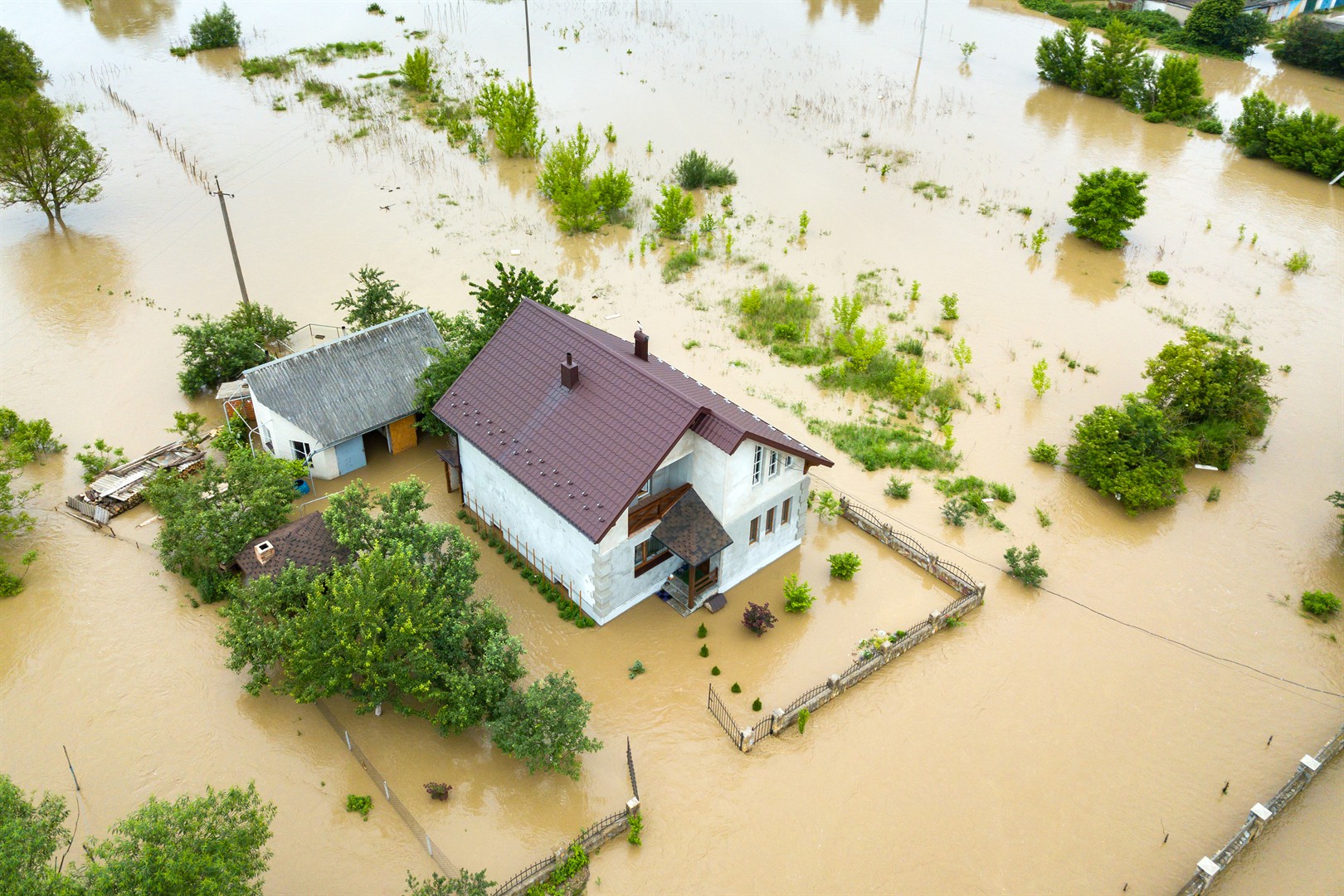
Flood damage can vary depending on the type of water involved, the duration of exposure, and the materials affected. To address it effectively, it is important to assess the extent of the damage early.
Flooding can seriously damage your home’s electrical system. Water and electricity are a dangerous combination, so turning off the power before inspecting or cleaning is essential. Waterlogged wires and electrical outlets pose a fire risk if not handled properly.
Understanding the scope of flood damage is the first step toward effective cleanup. Floodwater type, material absorption, and structural and electrical risks all play a role in the cleanup process. Quick action prevents long-term damage, but professional assessment may be necessary.
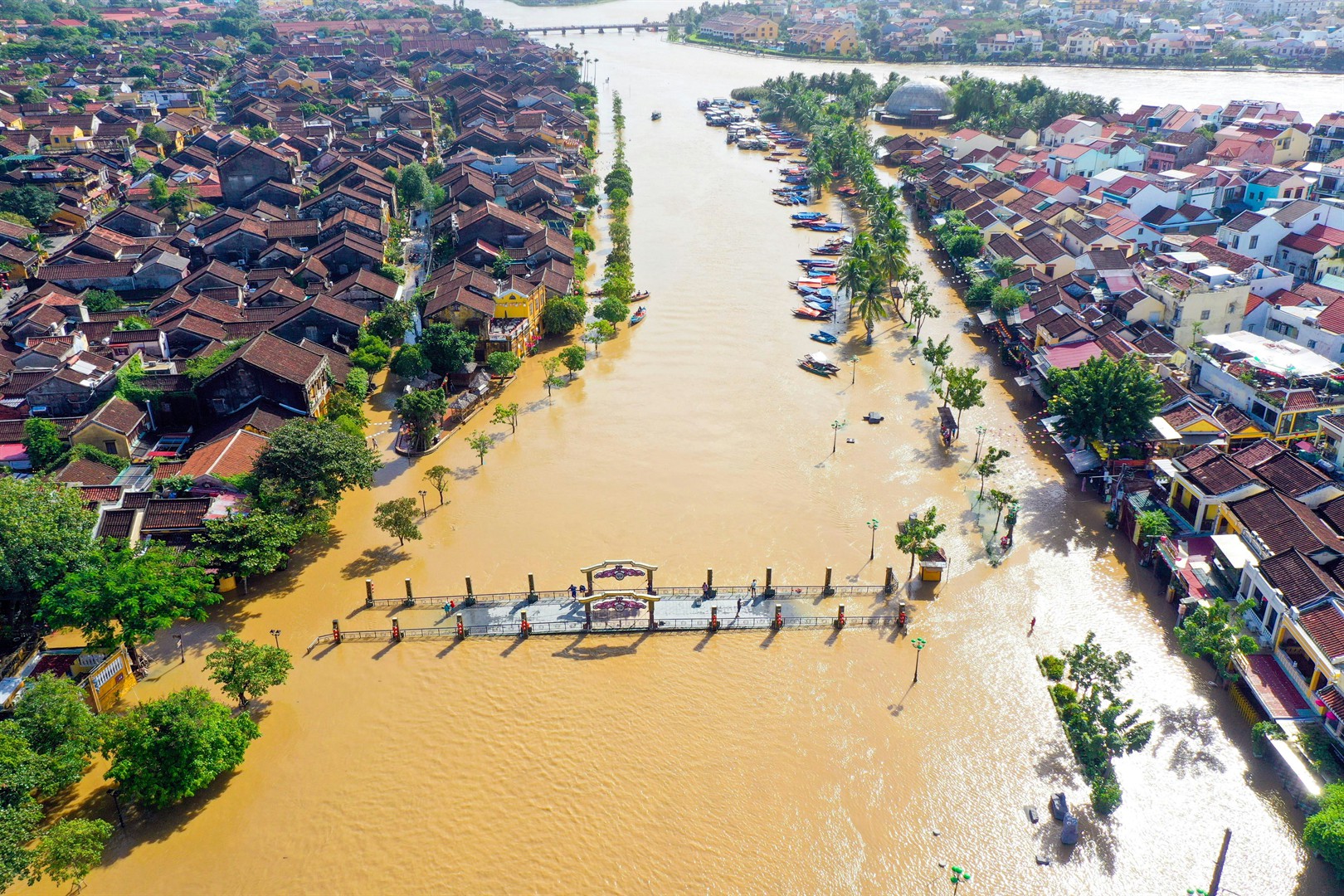
Safety is the top priority before beginning any restoration work. Flood damage presents numerous hazards that must be addressed to protect homeowners and workers.
Floodwater, especially from sewage, contains harmful bacteria, chemicals, and waste. Wearing protective gear such as gloves, masks, and waterproof boots is essential to avoid contamination. These protective measures reduce the risk of infection and respiratory issues caused by harmful pathogens in the water.
Proper ventilation is crucial when dealing with flood damage, particularly in enclosed spaces. Ventilation helps reduce the concentration of airborne contaminants and mold spores. Opening windows and using fans can help circulate fresh air, but always wear a mask when entering areas with potential mold growth.
Turning off electricity, gas, and water supplies is vital before entering a flood-damaged building. Waterlogged electrical systems can cause fires or electrocution. Gas leaks can also be triggered by flooding, posing a significant danger. It is best to have a professional inspect your utility systems before restoration.
Standing water breeds bacteria, mold, and pests. Removing it quickly with pumps or wet vacuums helps minimize the contamination risk. Once the water is removed, the drying process must start immediately to prevent mold growth, which can develop quickly in damp environments.
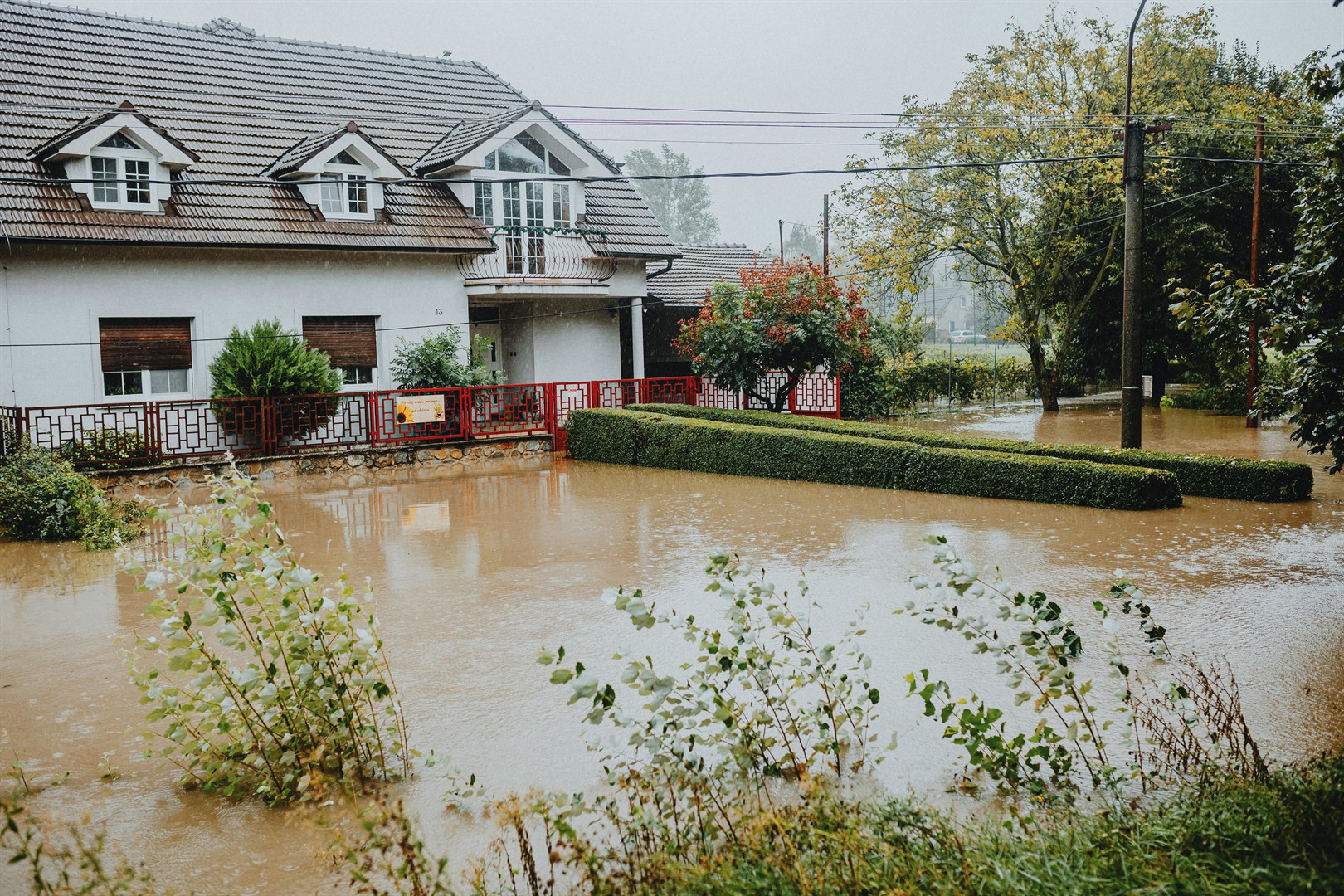
Removing standing water quickly is crucial to prevent further damage and health risks. The right tools and a thorough drying process are essential to avoid mold growth and hidden water damage.
Standing water after a sewage backup must be dealt with immediately. The longer it stays, the more damage it causes to floors, walls, and other structures. Quickly removing the water also minimizes the risk of harmful bacteria and pathogens spreading.
To remove standing water, you will need the right equipment, such as wet/dry vacuums, pumps, and buckets. In some cases, professional-grade tools may be necessary to get rid of all the water efficiently. Hiring a professional restoration team ensures that the job is done thoroughly, avoiding missed pockets of moisture that can lead to mold growth.
After the water is removed, drying out the area is crucial. Use fans, dehumidifiers, and heaters to dry the room as quickly as possible. Leaving moisture behind can lead to mold growth, which presents its own set of health risks. Ensuring that the entire space is dry helps prevent future problems.
Water can seep into areas that are not immediately visible, like behind walls or under floors. If this hidden moisture is not properly addressed, it can cause structural damage or mold growth. Professional inspectors use advanced tools to detect moisture in hidden areas, ensuring your home is safe.

Salvaging belongings after sewage backup requires careful assessment and proper cleaning techniques. Some items can be saved, but thorough disinfection and expert advice are essential for safety.
After a sewage backup, not all items can be saved. It is important to assess the condition of furniture, personal belongings, and other materials. Items like rugs and upholstered furniture may absorb contaminants and need to be discarded. However, some hard surfaces may be salvageable with proper cleaning.
Different items require different cleaning methods. Non-porous materials, like metal and plastic, can usually be cleaned with hot water and disinfectants. However, porous items, such as clothing or fabric, may need special treatment or disposal. Professional restoration companies use industry-standard techniques to clean and restore items safely.
Sewage contains harmful bacteria and viruses, so it is important to disinfect every surface and item thoroughly. Use strong disinfectants approved for home use, or hire a professional team with specialized equipment. This step is crucial to protect your health and ensure the safety of your home.
It can be tough to part with belongings, but for your safety, some items may need to be thrown out. Anything that has absorbed sewage, like carpets or mattresses, is unlikely to be safe for reuse. Professionals can guide you on what should be saved and what needs to go.
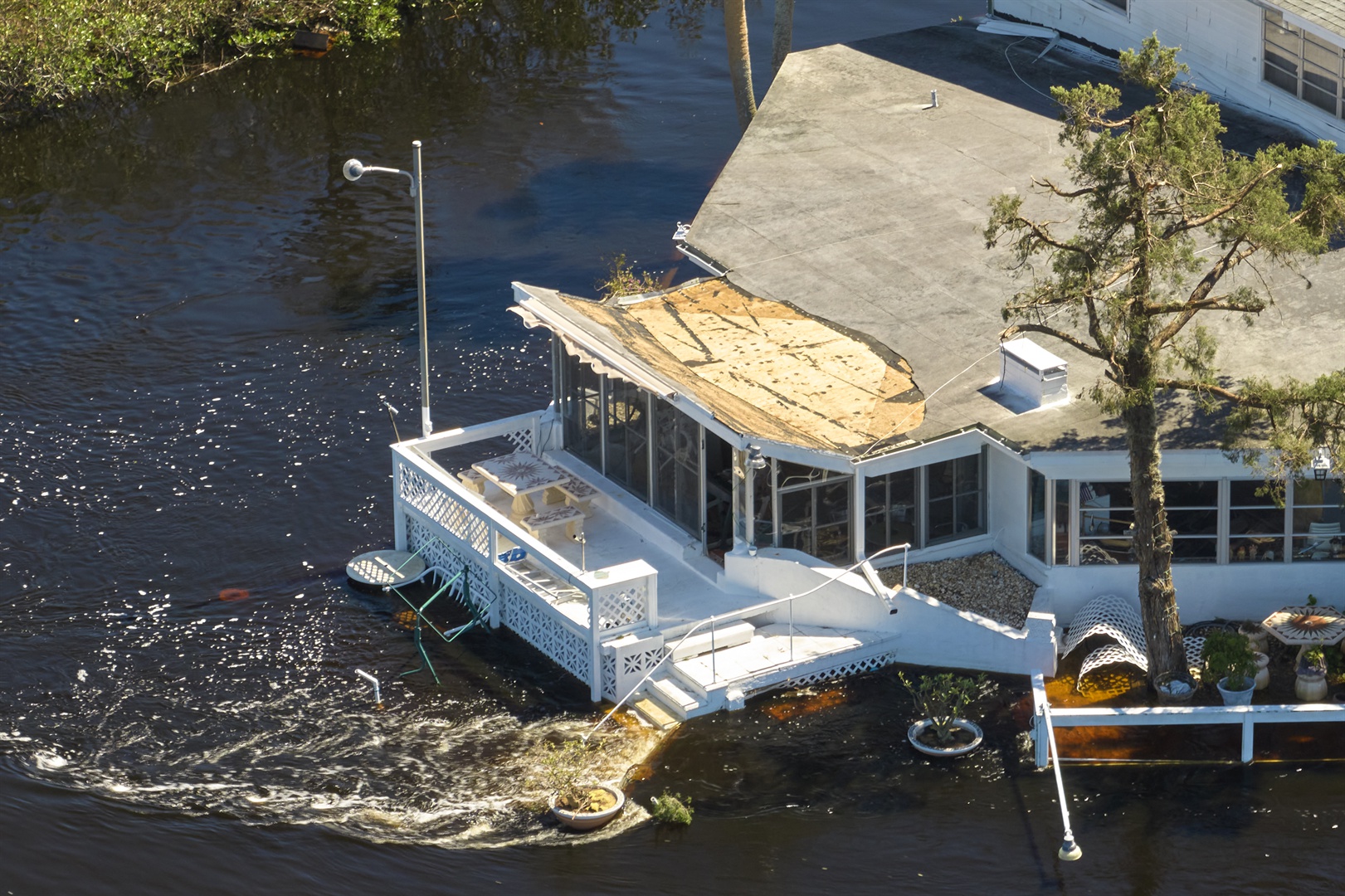
Preventing mold after a flood requires swift action to dry out affected areas, improve ventilation, and use mold-resistant treatments. If mold appears, professional help is essential to eliminate it effectively.
One of the biggest concerns after sewage cleanup is mold and mildew growth. These harmful fungi flourish in wet, damp environments, which makes them a serious threat following a flood. Mold can grow as quickly as 24 to 48 hours after water damage occurs. To prevent mold from spreading, you must act fast and dry out affected areas as soon as possible. Using fans, dehumidifiers, and professional drying equipment can help speed up this process and ensure moisture is removed efficiently.
Proper ventilation is crucial for drying out your space and preventing mold. Opening windows and doors to allow airflow can make a big difference. The more air circulation, the faster the moisture will evaporate from your home. In cases where natural ventilation is not enough, using specialized fans and air movers can provide better results. Airflow helps reduce humidity, making it harder for mold and mildew to survive and grow.
After drying, it is essential to treat walls, floors, and other surfaces with mold-resistant products. These treatments work as a preventative measure, stopping mold spores from growing and spreading on treated surfaces. Many professionals use antimicrobial sprays or other mold inhibitors to safeguard your home from future infestations, particularly in high-risk areas like basements and bathrooms.
Despite taking preventive measures, mold may still develop in some cases. If you notice signs of mold — such as a musty odor, discoloration, or visible spots — it is time to call in professionals. Certified mold remediation specialists have the tools and expertise to safely remove mold, ensuring it does not return and that your home is properly sanitized.
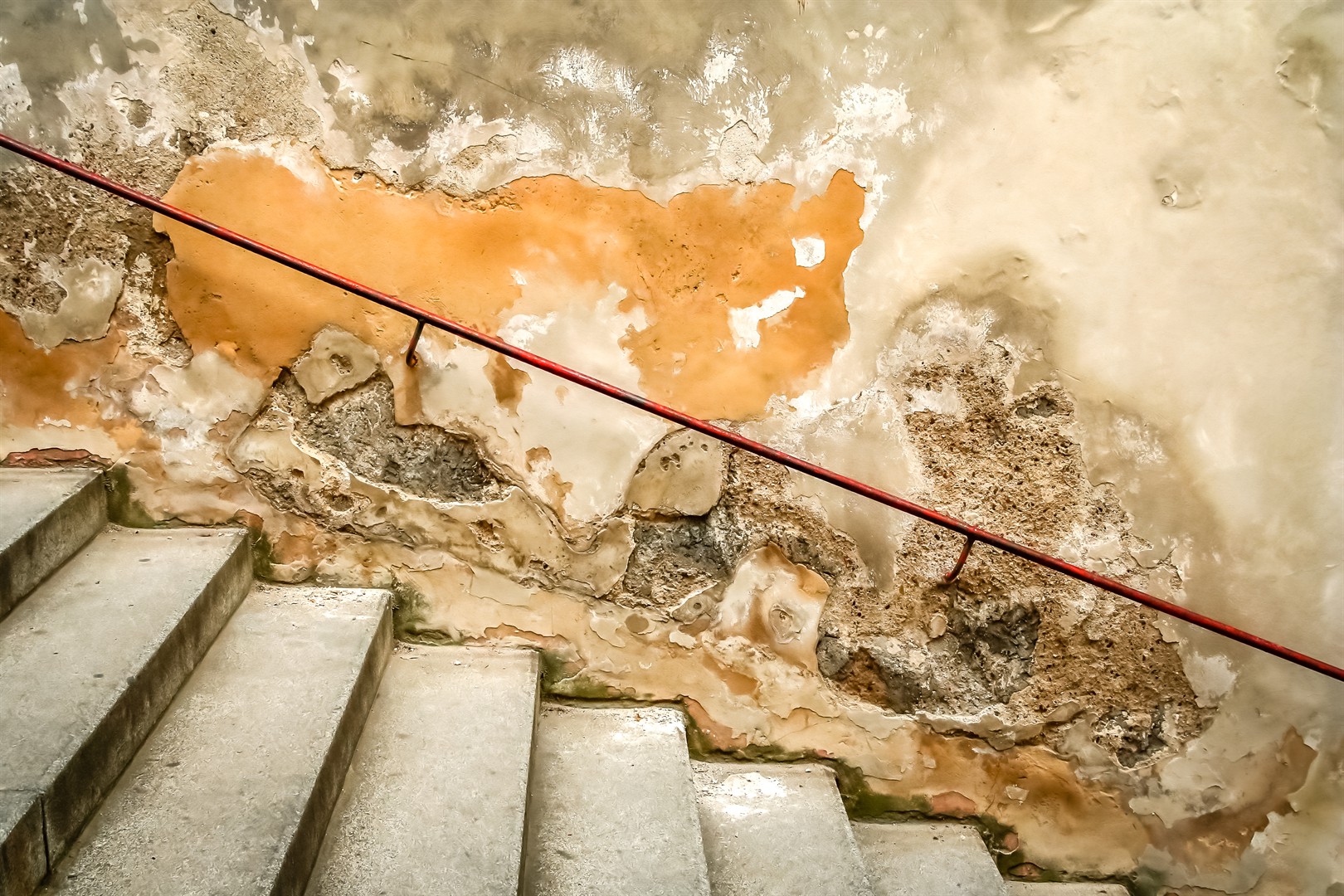
Carpets, flooring, and walls are often severely affected by water damage. Depending on the extent of the damage, items may need to be replaced or professionally cleaned. For severe cases, calling in restoration professionals is crucial to ensure thorough and safe cleanup.
Carpets are particularly vulnerable to water damage, especially when contaminated by sewage or floodwater. They absorb water quickly, and if not dried immediately, they become breeding grounds for bacteria and mold. In many cases, carpets that have been soaked by contaminated water may need to be removed and discarded. However, for minor flooding or clean water damage, deep cleaning and professional steam cleaning services may help salvage the carpet and restore it to a usable state.
Different types of flooring respond differently to water damage. Hardwood floors, for example, may warp, buckle, or crack if exposed to water for too long, while laminate flooring can become swollen and lose its shape. Tile flooring is more resilient, but water can still seep through cracks or grout, potentially damaging the subfloor beneath. It is important to thoroughly inspect your flooring for signs of damage. In some cases, professional drying and cleaning can restore the flooring, but in severe cases, replacement may be necessary.
Walls and insulation are often silent victims of water damage. Even if they appear dry on the surface, moisture can linger behind drywall, creating the perfect environment for mold growth. Removing affected drywall is crucial to prevent mold from spreading through the walls. Professionals often use moisture meters and infrared cameras to assess how deeply water has penetrated, ensuring that all hidden dampness is detected and removed. This process helps prevent costly mold and structural issues down the line.
Handling large-scale water damage, especially after a sewage flood, can be overwhelming and dangerous. Contaminated water poses health risks, and improper handling can lead to long-term damage to your property. In cases of extensive damage or contamination, it is wise to contact professional restoration services. Experts have the experience, tools, and knowledge to manage every aspect of water damage restoration, from removing water to repairing and sanitizing the affected areas.

Understanding your insurance coverage, documenting damage thoroughly, and keeping receipts for emergency expenses will help in filing a successful flood damage claim.
Dealing with insurance after flood damage can feel overwhelming. It is essential to know what your policy covers before disaster strikes. Flood damage is not always included in a standard homeowner’s insurance policy, so reviewing your coverage in advance can save time and money. Make sure you understand the limits and exclusions, especially for specific types of water damage, such as sewage backups.
Once you are dealing with flood damage, the first step is to document everything. Take photos and videos of all affected areas, including any personal belongings. This documentation is crucial for your insurance claim. Be thorough, and do not start cleanup until you have captured the full extent of the damage. Additionally, keeping records of any temporary repairs you make, such as stopping leaks, is important to provide a clear picture to your insurance company.
When flood damage occurs, you may need to arrange for emergency services, such as water removal or temporary boarding. Keep receipts for these services as your insurance company will likely reimburse them. Any expenses related to your immediate response to the flood can be included in your claim, so staying organized with documentation can ensure smoother processing.
Once you have gathered your documentation, contact your insurance company to file a claim. Many insurers require that claims be filed within a specific time frame following the damage. The sooner you submit your claim, the faster your insurer can respond. Remember to keep copies of all paperwork and correspondence, as well as notes from conversations with your insurer.
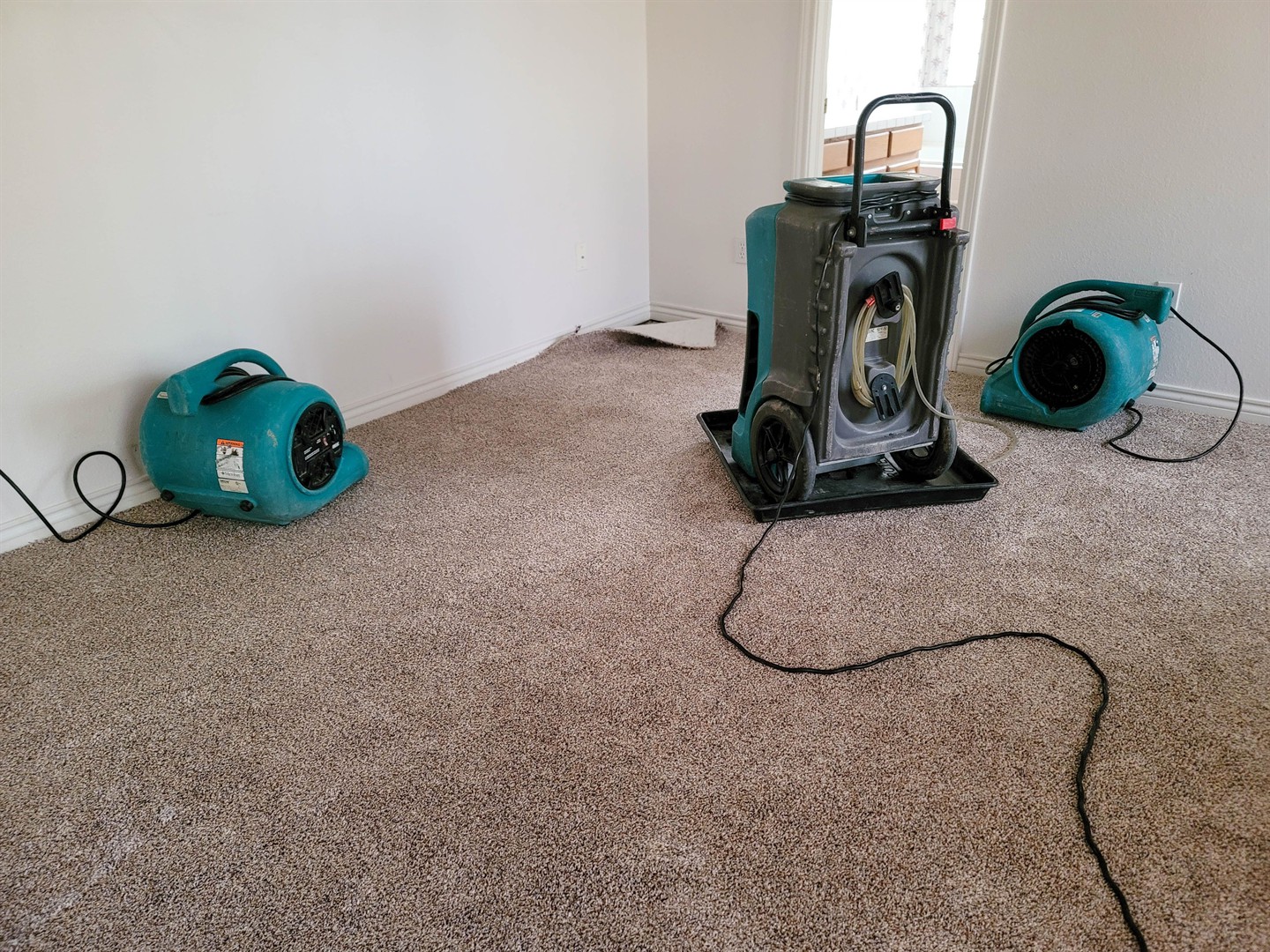
Hiring a professional restoration service is crucial for addressing the health hazards, hidden damage, and mold risks associated with flood and sewage cleanup. Professionals have the tools and expertise to restore your home safely and efficiently.
One of the most important reasons to hire a professional restoration service is the serious health risk posed by flood and sewage damage. Sewage backups, in particular, are contaminated with harmful bacteria and viruses that can cause illness. Professional restoration teams have the proper protective equipment and training to handle these hazardous materials safely and effectively.
Restoring a home after flood or sewage damage requires specialized tools and techniques. Professionals use industrial-grade equipment like water extractors, air movers, and dehumidifiers to remove water quickly and thoroughly. They also have the expertise to identify hidden moisture pockets behind walls or under floors, which is essential to prevent long-term damage like mold growth.
Quick action is essential after a flood to prevent further damage. Water that sits too long can cause structural damage, rot, and mold growth. Professional restoration services can respond rapidly, mitigating damage and preventing problems from escalating. Their efficiency can make a big difference in the overall cost and timeline of restoration.
Water damage often leads to mold growth, especially if the area is not dried out quickly and properly. Mold can cause serious health issues, particularly for people with allergies or asthma. Professional restoration teams are trained in mold remediation, ensuring that any potential mold problems are dealt with before they spread and cause further damage to your home.

Flood damage can be devastating, but with the right approach and quick action, you can minimize the lasting effects on your home and belongings. The key is to assess the damage thoroughly, ensure safety during the restoration process, and start removing standing water as soon as possible. Drying out the area and preventing mold are crucial steps to avoid further complications. Additionally, salvaging your possessions properly and addressing structural issues like flooring and walls will help restore your home to its original state.
It is important to remember that working with your insurance company throughout the process can ease the financial burden. Document everything thoroughly and understand what your policy covers. If you are unsure about handling these steps on your own, consider calling in professionals for help.
Flood damage is something that no homeowner wants to deal with, but acting quickly and following the right steps is essential for successful recovery. Whether you tackle the cleanup yourself or call in professionals, the most important thing is to address the situation head-on and not delay action. Remember, the sooner you start, the better the chances of a full recovery. Get It Done Restoration is here to help whenever you need us.
Subscribe to our newsletter to see the latest blogs
Investing in a mold inspection can save you thousands by preventing costly repairs, health risks,…
Swift action after flood damage is crucial. Learn essential tips for restoration, preventing mold, and…
Learn the essential steps to take after water damage, from ensuring safety to preventing mold.…
Ensure safety in older homes with professional asbestos inspections. Learn why identifying and removing asbestos…
Learn why DIY black mold removal is dangerous and how professional mold remediation ensures complete,…
Learn about smoke damage restoration, its health risks, and professional solutions to clear the air…
If you are in need of an emergency service, please directly call us at 416-800-5050. We are 24/7 available throughout the year.